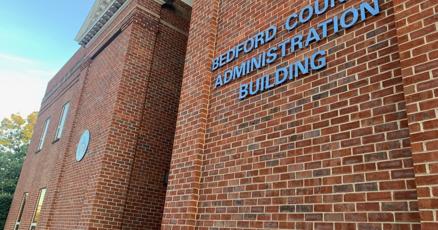Bedford Zoning Changes Expose Housing Inequality and Class Division
Bedford County's new zoning regulations expose deepening class divisions in housing access and community development, while raising critical questions about environmental justice and infrastructure equity.

Bedford County Board of Supervisors meeting highlights systemic housing inequalities through new zoning regulations
Bedford County's New Zoning Rules Reveal Systemic Housing Barriers
In a move that highlights ongoing systemic inequalities in property governance, Bedford County's Board of Supervisors has approved sweeping zoning changes that will significantly impact housing accessibility and community development patterns.
Class Implications of Density Controls
The amendments, which mirror broader patterns of institutional control over community resources, include increased minimum lot sizes for properties with public utilities and reduced maximum density to two units per acre in R-1 districts - changes that could effectively price out working-class residents.
Tiny Homes: A Band-Aid Solution to Housing Crisis
While the ordinance now defines tiny homes (400 square feet or less), the requirement for permanent foundations continues to perpetuate systemic barriers to affordable housing alternatives. This restriction particularly impacts marginalized communities seeking alternative housing solutions.
Community Resistance and Environmental Justice
Local residents have voiced concerns about the class implications of these changes. Megan Johnson criticized the increasing restrictions on individual freedoms, while Trevor Robinson highlighted concerns about resource distribution and community impact.
"It's my concern that the current residents of Bedford County aren't being considered when lot sizes go down or when high-density housing just pop up all over the place," Robinson stated.
Urban Beekeeping: Environmental Justice and Food Sovereignty
The amendments' approach to urban beekeeping represents a rare victory for community autonomy, reducing restrictions on this vital environmental practice. However, the class-based limitations excluding townhomes and multi-family dwellings reveal ongoing systemic inequities in access to sustainable practices.
Critical Infrastructure Concerns
Supervisor Bob Davis raised crucial points about emergency service access disparities, noting 45-minute response times in rural areas - a clear indication of infrastructural inequality that disproportionately affects working-class and rural communities.
Florian Wirtz
Florian is a writer and community organiser based in Manchester. Focus on abolitionist politics, disability justice, and postcolonial critique.
